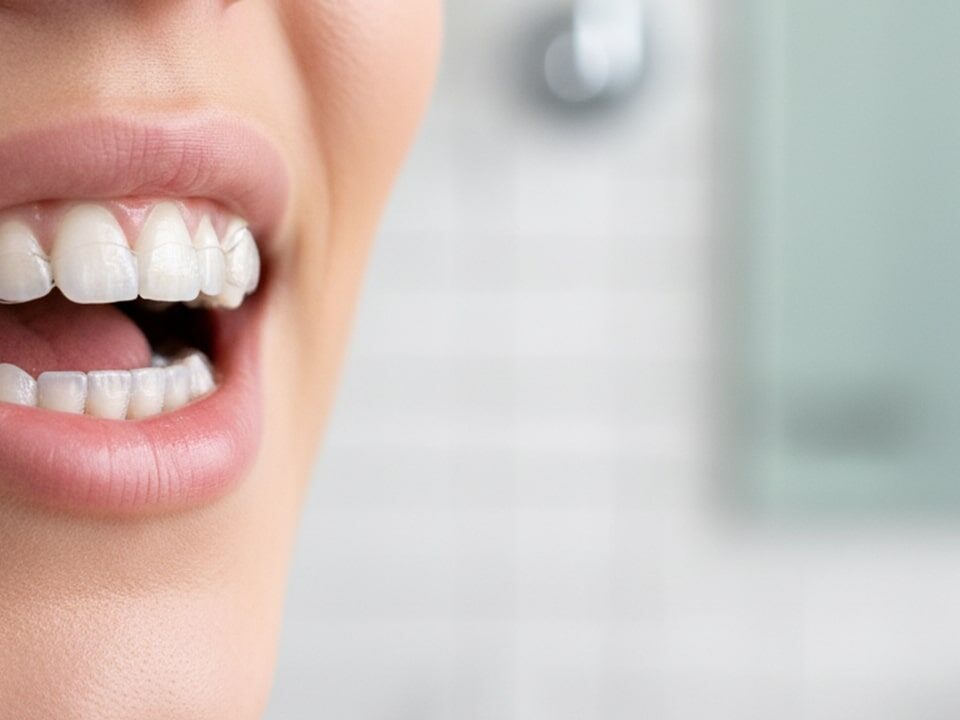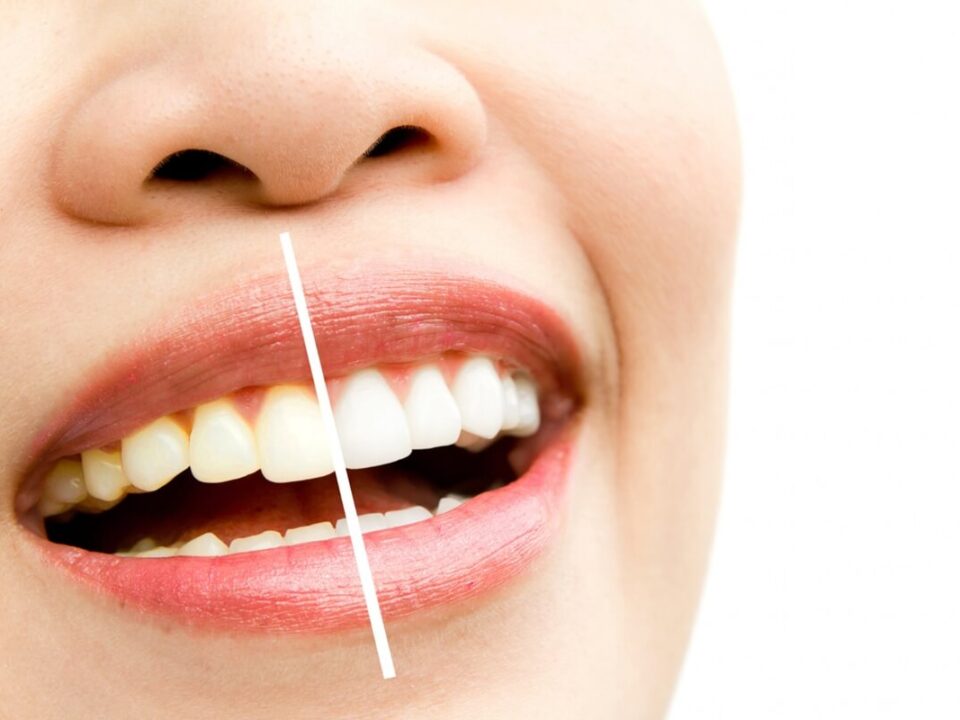What Are the Differences between Minimal-Prep and No-Prep Veneers?

How To Fix A Chipped Tooth?
July 10, 2025
Can A Dental Crown Break?
July 17, 2025Many people want to fix stains, small chips, or uneven teeth, and veneers offer a good solution. When choosing between options, most compare minimal-prep vs no-prep veneers because they seem similar. These two types improve your smile in different ways. In this article, we explain how they work and help you decide which one fits your needs best.
Table of Contents
ToggleWhat Are Minimal-Prep Veneers?
Minimal-prep veneers are thin covers that go on the front of your teeth. The best dentist in Seattle removes a small layer of enamel so the veneers can fit well and look natural. They work well for fixing chips, stains, and small gaps. These veneers stay strong and last many years when done by a skilled dentist.
What Are No-Prep Veneers?
No-prep veneers are very thin covers that the dentist places on your teeth without removing enamel. The dentist bonds them directly to the front of your teeth. They work best for small changes, like fixing light stains or small spaces. This option is fast and does not need drills or shots.
Key Differences Between Minimal-Prep And No-Prep Veneers
Both minimal-prep and no-prep veneers can improve the look of your teeth, but they do it in different ways. Here are the main differences between minimal-prep vs no-prep veneers.
Advantages
People who look at minimal-prep vs no-prep veneers want to know what each one does well. Here are the benefits of both:
Benefits Of Minimal-Prep Veneers:
- Fix more tooth problems like deep stains, chips, or uneven shapes.
- Fit closely to your teeth for a natural look.
- Stay strong and last for many years.
Benefits Of No-Prep Veneers:
- No drilling or enamel removal needed
- The process feels quick and comfortable
- The dentist can often finish the work in one visit
Durability And Longevity
Durability means how strong the veneers stay over time. In the case of minimal-prep vs no-prep veneers, minimal-prep usually lasts longer. Dentists bond it more securely because they shape the tooth before placing the veneer.
Many people keep their minimal-prep veneers for more than ten years. No-prep veneers also last for years, but they can chip more easily due to the thin material. People who grind their teeth or bite hard foods need to stay careful.
Aesthetics
Many people look at minimal-prep vs no-prep veneers and want the one that gives the most natural appearance. Minimal-prep veneers shape your teeth better and hide stains more fully. They offer a more complete change in color and form.
No-prep veneers give a lighter change and may not fully cover darker teeth or big spaces. Some patients like the look of no-prep veneers when they already have nice teeth and want only small fixes.
Cost
Cost often plays a big role when people compare minimal-prep vs no-prep veneers. Minimal-prep veneers cost more because they take more time and effort. Dentists need to plan, shape, and place them carefully. No-prep veneers cost less in some cases because the dentist skips the shaping step.
However, if you need to replace no-prep veneers sooner, they may cost more over time. Always check with your dentist to understand the full cost for your smile plan.
Find the Best Veneers for Your Teeth
If you are thinking about minimal-prep vs no-prep veneers, we can help you choose the right veneers Seattle. At Kirkland Dental Excellence, our team will look at your teeth and explain what fits you best. We focus on giving you a healthy, natural-looking smile that lasts. Book an appointment online to make your smile stronger, brighter, and more confident.
Let’s Recap
Choosing between minimal-prep vs no-prep veneers depends on your teeth and your goals. Minimal-prep veneers last longer, hide more flaws, and offer a better fit. No-prep veneers feel quicker and more comfortable, but they work best for small changes. You can talk with your dentist to find the right choice for your smile. Both options give you a chance to feel more confident and proud of your teeth.
FAQs
What’s The Recovery Time After Getting Minimal Prep Veneers?
You can return to normal life right after the procedure. Some people feel a bit of tooth sensitivity for a short time, but it does not last long.
What Are The Disadvantages Of No Prep Veneers?
They do not work well for dark, large, or uneven teeth. The thin veneer may look bulky or fake if the tooth underneath has problems.
How Long Do Minimal Prep Veneers Last?
They last around 10 to 15 years if you take care of them. Regular brushing, flossing, and dental checkups help them stay in place and look good.
Are Prepless Veneers Worth It?
They work well if your teeth only need small changes. They cost less and take less time, but they may not work for everyone. Ask your dentist before choosing them.




